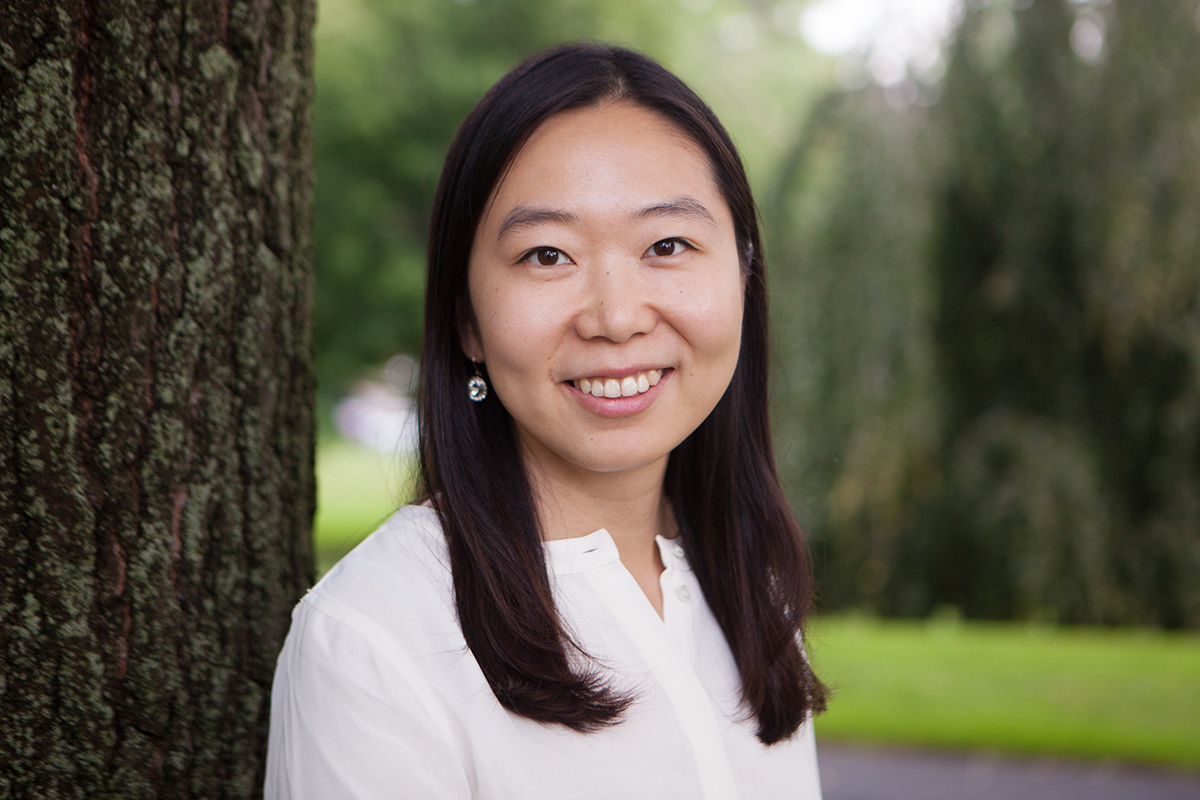
Despite great advances in gender equality, a pay gap persists for women working the same job as their male counterparts, says new research co-written by Eunmi Mun, a professor of employment and labor relations at Illinois.
Photo by School of Labor and Employment Relations
CHAMPAIGN, Ill. — Despite great advances in gender equality, a pay gap persists for women working the same job as their male counterparts, says new research co-written by a University of Illinois Urbana-Champaign expert who studies gender inequality in the workplace.
Although it's commonly thought that the overall pay gap between men and women could be chalked up to the sorting of workers into male- or female-dominated occupations such as engineering or teaching, a significant within-job gender pay gap still exists for women after accounting for those factors, even in advanced industrialized nations, said Eunmi Mun, a professor of labor and employment relations at Illinois.
"When we talk about the gender revolution and gender equality, there's certainly been great progress for women," Mun said. "Given the rapid expansion of women's rights around the world as well as the increase in women's labor force participation rates, one might expect uniform improvement in women's pay via both reduced sorting into different occupations and lower levels of within-job inequality.
"But what we found was much more mixed: nearly universal improvements in education and labor force participation, which was good news, but continued employment segregation and gender-pay inequality."
Jiwook Jung, a professor of labor and employment relations at Illinois, and Matthew Soener, a professor of sociology at Illinois, were co-authors of the paper, which was published in the journal Nature Human Behavior.
To investigate gender-pay inequality, researchers from more than 20 institutions worldwide used linked employer-employee data from 15 countries – including the U.S., Canada, France, Germany, Japan and South Korea – to gauge the within-occupation and within-job differences in earnings between men and women.
"Data that can identify men and women who do the same work for the same employer is rare, and if it exists it's typically several decades old and from a limited number of countries," Mun said. "Our data is much more recent, and we managed to obtain a large sample size from our 15 countries."
The researchers found that gender remains a substantial source of the overall earnings gaps in all 15 countries. For example, after adjusting for differences in age, education and part-time working status, the gender gap in earnings between men and women ages 30-55 ranged from 10% in Hungary to 41% in South Korea. The within-job earnings gap in those countries were 9.5% and 18.8%, respectively, according to the paper.
In the U.S, the overall earnings gap was almost 30%. For men and women who performed the same job in the U.S., men out-earned women by 14%.
"Our findings not only underscore the relevance of both overall and within-job differences in wages, but also document that this isn't merely a problem that's confined to certain countries. It's widespread throughout many modern economies and industrialized nations," Mun said.
The findings suggest the need for equal-pay policies in the labor market, Mun said.
"If there are sizeable differences between the pay that women and men receive when they do the same work for the same employer, then policies mandating equal pay have an important role to play in creating gender equality," she said. "We should also have policies focusing on organizational hiring and promotion practices that match people to jobs, as well as on fostering broader societal views regarding whose work is defined as valuable, because women's work is far too often undervalued."
The research was supported by the National Science Foundation, the Humboldt Foundation and 11 other international agencies and organizations.






